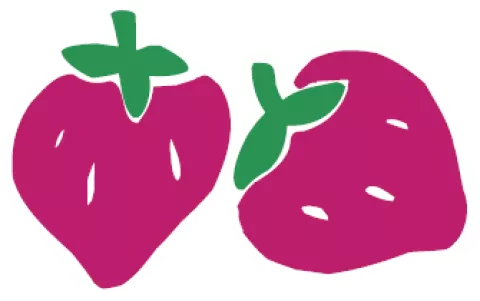Green fruits and vegetables are colored by natural plant pigment called “chlorophyll.” Some members of the green group, including spinach and other dark leafy greens, green peppers, peas, cucumber and celery, contain lutein. Lutein works with another chemical, zeaxanthin, found in corn, red peppers, oranges, grapes and egg yolks to help keep eyes healthy. Together, these chemicals may
help reduce risk of cataracts and age-related macular degeneration, which can lead to blindness
if untreated.
The “indoles” in broccoli, cauliflower, cabbage and other cruciferous vegetables may help protect against some types of cancer. Leafy greens such as spinach and broccoli are excellent sources of folate, a B vitamin that helps reduce risk of birth defects.
Some examples of the green group include
- Green apples
- Honeydew melon
- Artichokes
- Kiwi
- Asparagus
- Lettuce
- Avocados
- Limes
- Green beans
- Green onions
- Broccoli
- Peas
- Brussels sprouts
- Green pepper
- Green cabbage
- Spinach
- Cucumbers
- Zucchini
- Green grapes





